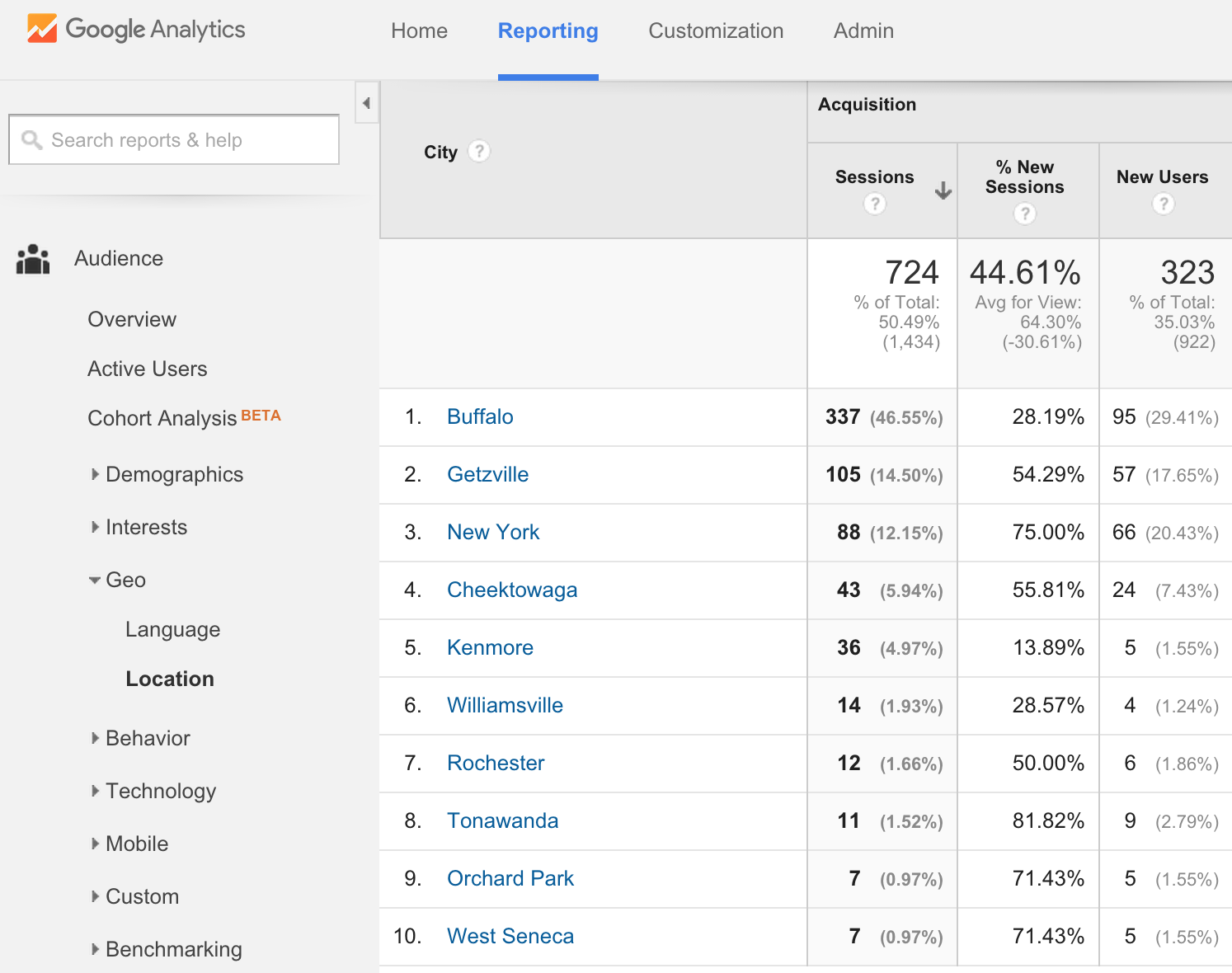
A content calendar is a great method to plan ahead, prioritize work, and helps you to stay organized. Inefficient usage of resources is a common problem. This problem can be solved by creating a content calendar. It makes it easier to plan ahead, and allows you to break down the workload into smaller, more manageable parts. Here are some tips for creating a content calendar:
Make sure to plan ahead
A content calendar is a great way to avoid stress and rush to create content. When creating a content schedule, make sure you include as much detail as you can - keywords, subject angles and collateral that you will need to create. This will help save time later on and ensure you meet your publishing goals. In addition to the content you plan to create, include ideas for repurposing your content to suit different platforms.
Tracking content

While a content calendar is not a simple task, its benefits are numerous. You can see what your content looks like from afar, helping you to plan ahead for publishing and to avoid oversaturating the audience. To find potential content collaboration ideas or opportunities for your company's happenings, you can also use the content calendar. A consistent planning approach will result in better content and a greater ROI for your marketing efforts.
Prior content that falls into this category should be identified
It is crucial to have a content plan for many reasons. One of these reasons is to track the timeline of a project. You can use categories to easily track when something has been completed or when it is due for revision. You'll also have a clear view of your workflow, from ideation to completion. If you are working with a group, a content calendar can help you keep track of who completed what.
Prioritizing goals
Prioritizing your goals is key when creating a content calendar. You can then see which content is the most valuable for SEO and how you can optimize it to reach those goals. Timing is also important. Too often publishing content can lead to poor results. Additionally, content calendars can be very useful for spreading your content to as many people as possible.
Use a template

Publishing and creating content takes time. This is why it is crucial to choose the publishing frequency that you like. Your website should have enough content, but not too many. Otherwise, it will be less quality. To create a balanced calendar, create enough content to drive traffic and bring value to your customers. Next, move the content to the last column from the "To Publish/Schedule” column. This will archive it.
Keep it flexible
A content schedule is useful for organizing multiple people's work, keeping track and planning content. While most content is digital, certain types of content remain semi-regular. For example, print publications and direct mail pieces. While a content calendar is designed to plan things, you should keep it flexible and grow as your business and content marketing strategies do. Here are eight suggestions for creating an effective content schedule.
FAQ
Is content marketing easy to measure?
Yes! It is part of the process to measure results. It helps you determine whether your efforts were successful and whether you need to make changes.
It is possible to track the number of visitors from different sources, including organic search, email and social media. You can also track conversions such as sales leads or purchases.
These metrics can tell you which pieces of content performed well and where your most significant opportunities lie.
What is the goal of content-marketing?
Content marketing aims to create valuable and relevant information for customers. This can be done by various channels like email campaigns, whitepapers, or blog articles. Your audience should be able to see the value you are providing.
Why Content Marketing?
HubSpot reports that the average person spends almost two hours per day reading content, on social media and in their newsfeeds. They also watch TV, read magazines, browse websites, listen to podcasts, or look at newspapers. This is a lot of content consumption!
Statistics
- Measure your goals with a progress indicator of 0-100%. Make your goals collaborative and transparent (semrush.com)
- According to research compiled by Coschedule: Companies that publish 16+ blog posts a month get as much as 3.5x as much traffic as those that publish 0-4 posts a month. (criteo.com)
- An example of an overarching goal could be: "In 2022, we want to achieve a 20% increase in revenue created by organic content and generate 15,000 MQLs with a budget of $30,000." (semrush.com)
- According to our research, 65% of companies with very successful content marketing in 2021 ran content audits at least twice a year. (semrush.com)
- This marketing strategy landed Ford a 15.4% conversion rate. (neilpatel.com)
- Out of the 1,500 marketers we surveyed for our State of Content Marketing report, 78% who felt their content marketing strategy was exceptionally effective in 2021 had documented their strategy. (semrush.com)
- We found that 40% of businesses don't have a documented strategy yet. (semrush.com)
- To further show the importance of this, 89% of people have stopped doing business with a company because of a poor experience. (neilpatel.com)
External Links
How To
How can you build a content strategy?
Understanding what content you want to create is the first step. Once you've established your content goals, it's time for you to create the content. This may mean developing an editorial calendar and planning where these pieces will come from. Content should always have an end in mind. It doesn't really matter what content you're using, whether it's blog posts or social media updates. But they all should have a single purpose.
Once you decide what content type you want to produce it's time to discover who your target market really is. You need to know who your target market is and why they would be interested in what you have to offer them.
Next is to find ways of communicating with your target market. You can connect with people through social media, but there are other options available, including podcasts, videos, and webinars.
Once you have decided how you will communicate to your market, the next step in your content creation process is to identify what topics and types you want. This goes back to the purpose of writing the content. What problem does it solve Does it help? Will it make their life easier?
Now that you know what kind of content you write, it's time to figure out what you want to say. What do you want? On current events? Are you focused on specific products or services This is your focus.
Once you have answered all of these questions, it is time to put everything together into one package.
You want to ensure that every piece of content you create serves its purpose. You don't want to waste anyone's time and energy, so you must build quality into every aspect of your content.
It is important to remember that content marketing has many parts.